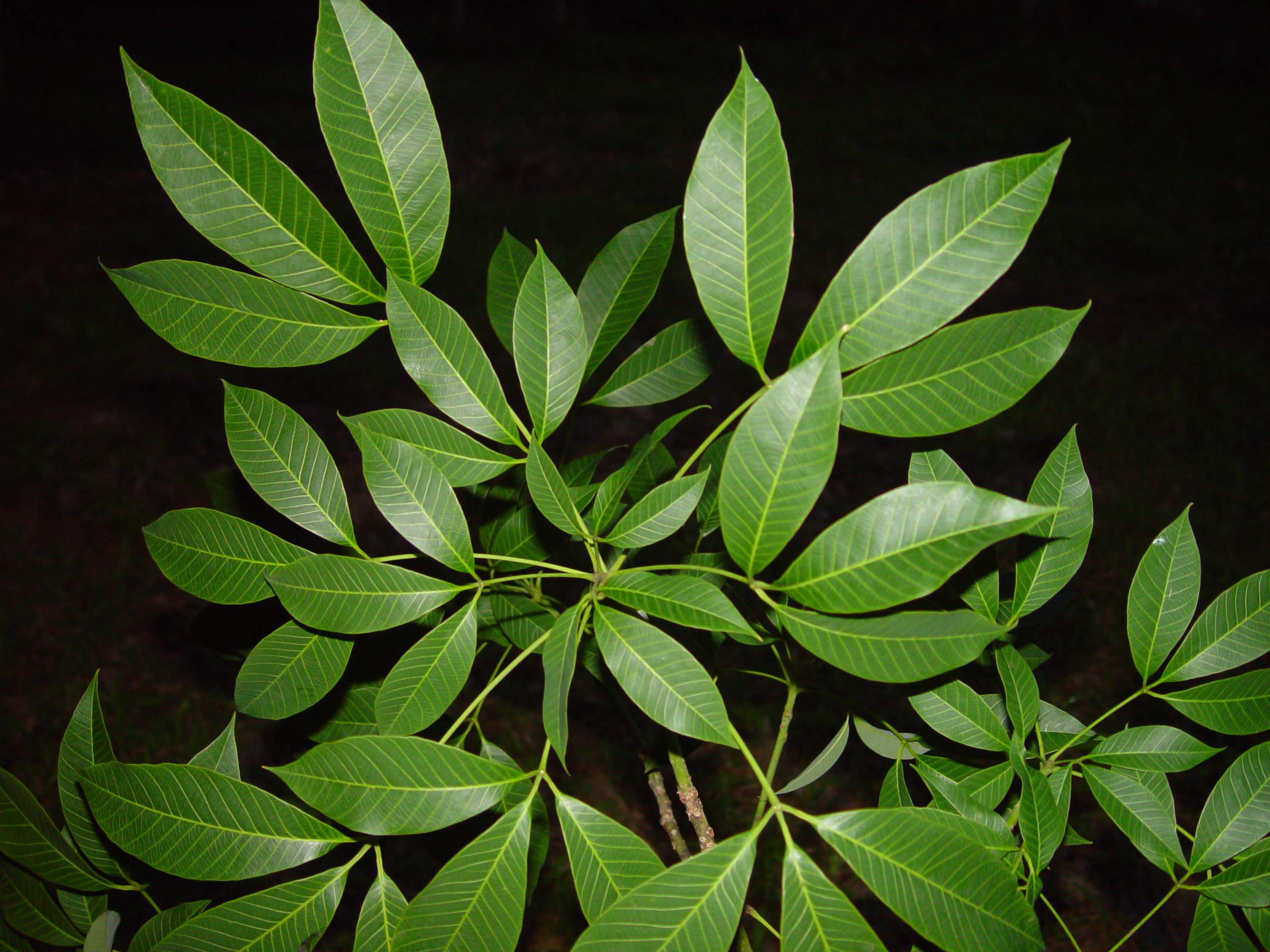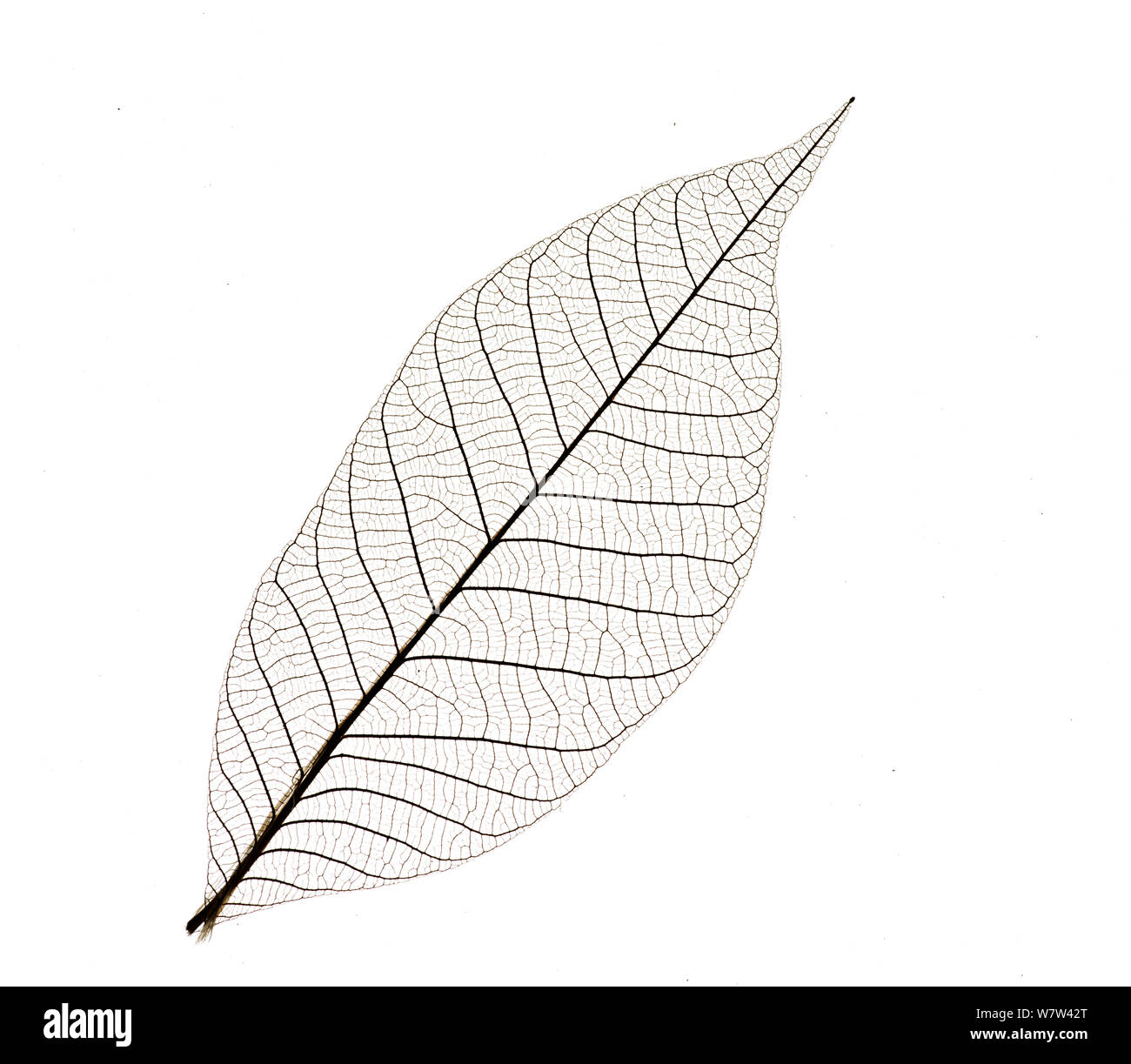Rubber plant leaf curl is a common issue that can affect the health and appearance of your beloved rubber plant. This guide delves into the causes, symptoms, and effective management strategies for rubber plant leaf curl, empowering you with the knowledge to restore your plant’s vitality.
Understanding the underlying factors that contribute to leaf curl is crucial for developing a targeted treatment plan. Environmental conditions, pests, and diseases can all play a role in the development of this condition. By identifying the root cause, you can implement the most appropriate measures to address the issue and promote healthy plant growth.
Rubber Plant Leaf Curl Symptoms and Causes

Rubber plant leaf curl is a common problem that can affect the appearance and health of your plant. The symptoms of leaf curl can vary depending on the cause, but they typically include:
- Leaves that are curled or distorted
- Leaves that are discolored or have brown spots
- Leaves that are stunted or wilted
There are a number of potential causes of rubber plant leaf curl, including:
Environmental Factors
Environmental factors that can cause rubber plant leaf curl include:
- Temperature: Rubber plants prefer warm temperatures between 65 and 80 degrees Fahrenheit. If the temperature is too cold or too hot, the leaves may curl.
- Humidity: Rubber plants need high humidity to thrive. If the air is too dry, the leaves may curl.
- Light: Rubber plants need bright, indirect light. If the light is too dim or too bright, the leaves may curl.
Pests
Pests that can cause rubber plant leaf curl include:
- Aphids: Aphids are small, green insects that feed on the sap of plants. They can cause the leaves to curl and become discolored.
- Mealybugs: Mealybugs are small, white insects that feed on the sap of plants. They can cause the leaves to curl and become sticky.
- Spider mites: Spider mites are small, red insects that feed on the sap of plants. They can cause the leaves to curl and become discolored.
Diseases
Diseases that can cause rubber plant leaf curl include:
- Botrytis blight: Botrytis blight is a fungal disease that can cause the leaves to curl and become brown.
- Fusarium wilt: Fusarium wilt is a fungal disease that can cause the leaves to curl and wilt.
- Southern blight: Southern blight is a fungal disease that can cause the leaves to curl and become brown.
If you are concerned about rubber plant leaf curl, it is important to identify the cause so that you can take the appropriate steps to treat it.
Management and Treatment Options

Managing and treating rubber plant leaf curl involves a combination of preventive and curative measures. By understanding the causes and symptoms, you can effectively address the issue and restore the health of your rubber plant.
Watering Practices
Adjusting watering schedules is crucial to prevent overwatering, which is a common cause of leaf curl. Allow the soil to dry out slightly between waterings, and avoid soggy conditions. Overwatering can lead to root rot, further exacerbating leaf curl.
Humidity Control
Rubber plants prefer high humidity levels. Increasing humidity around the plant can help reduce leaf curl. Use a humidifier, mist the plant regularly, or place it on a tray filled with pebbles and water. The evaporating water will increase humidity levels.
Pest and Disease Management
Pests and diseases can also cause leaf curl. Inspect your plant regularly for signs of pests, such as aphids, mealybugs, or spider mites. Treat infestations promptly with appropriate pesticides. If diseases are suspected, use fungicides to control the spread of infection.
Pruning Affected Leaves
In severe cases, pruning affected leaves may be necessary. Remove any curled or disfigured leaves to improve the plant’s appearance and prevent the spread of pests or diseases. Use sharp, clean shears to make clean cuts.
Prevention and Long-Term Care

Prevention and long-term care are crucial to maintain the health of rubber plants and minimize the risk of leaf curl. Implementing proper watering techniques, fertilization, and creating an optimal environment can significantly enhance the plant’s resilience to pests and diseases.
Proper Watering Techniques
Rubber plants prefer consistently moist but well-drained soil. Overwatering can lead to root rot, while underwatering can cause leaf curl and other issues. Allow the top inch of soil to dry out between waterings, and avoid letting the plant sit in water for extended periods.
Fertilization, Rubber plant leaf curl
Regular fertilization provides essential nutrients for healthy growth and disease resistance. Use a balanced fertilizer, diluted to half strength, during the growing season. Avoid over-fertilizing, as it can damage the roots and burn the leaves.
Optimal Environment
Rubber plants thrive in bright, indirect light and warm temperatures. Avoid placing them in direct sunlight, as it can scorch the leaves. Provide humidity by misting the leaves regularly or using a humidifier. Keep the plant away from cold drafts and sudden temperature changes.
